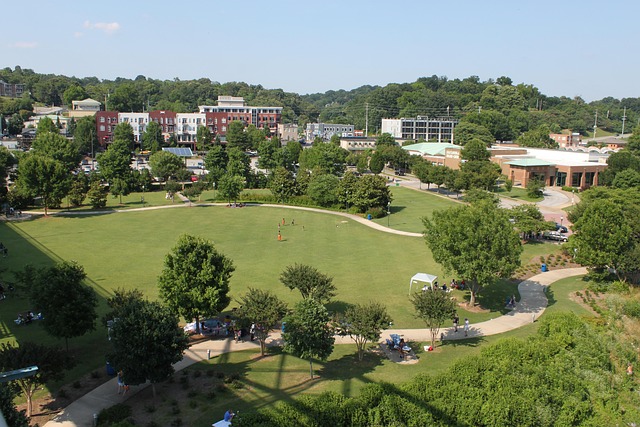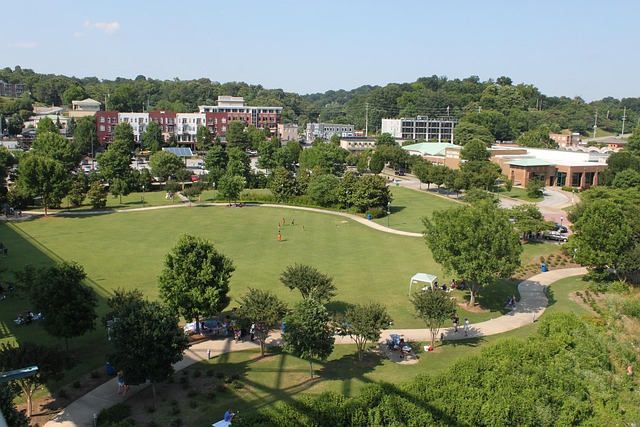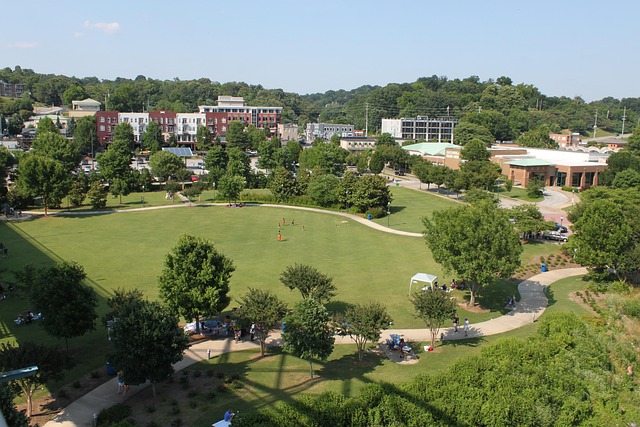In today's competitive real estate market, the demand for affordable housing is rising as individuals seek stable living spaces. Gentrification threatens to displace long-time residents and alter neighborhood dynamics. To address this, real estate developers and urban planners must prioritize affordable housing options within inclusive communities that cater to diverse economic backgrounds. Key aspects include accessibility, community engagement through shared spaces, and strategies for local involvement in development, fostering a strong sense of belonging and enriching the neighborhood and market.
In today’s dynamic urban landscape, balancing the need for affordable housing and fostering friendly neighborhoods is more crucial than ever. This article explores these twin pillars of community development, delving into their symbiotic relationship and impact on society. We’ll uncover key characteristics that define affordable housing, dissect strategies for real estate developers to create vibrant communities, and offer insights to ensure both accessibility and a warm, welcoming atmosphere.
Understanding the Need for Affordable Housing and Friendly Neighborhoods

In today’s competitive real estate market, the demand for affordable housing continues to grow as folks seek stable, comfortable living environments. However, many communities struggle to balance the need for economic growth with ensuring that a diverse range of residents can access quality, safe, and reasonably priced homes. This gap has led to increasing concerns about gentrification, where rising costs push long-time residents out, leading to changes in neighborhood dynamics and loss of community fabric.
Addressing this challenge is crucial for fostering inclusive communities. Friendly neighborhoods characterized by strong social connections, diverse populations, and accessible amenities play a vital role in promoting well-being and opportunities for all. By prioritizing affordable housing options within these welcoming communities, real estate developers and urban planners can create sustainable environments that thrive on a variety of economic backgrounds and life experiences.
Key Characteristics of Affordable Housing and Their Impact on Communities

In the realm of real estate, affordable housing is more than just a residential option; it’s a catalyst for vibrant community development. Key characteristics define this vital segment, each contributing uniquely to the social fabric. One such trait is accessibility, where properties are priced at or below market average, making homeownership and renting feasible for a broader spectrum of individuals and families. This accessibility fosters diversity, encouraging a mix of ages, backgrounds, and income levels to coexist, enriching the neighborhood’s tapestry.
Additionally, affordable housing projects often prioritize community engagement and shared spaces. Well-designed common areas, parks, and recreational facilities become hubs for social interaction, fostering a sense of belonging and camaraderie. These spaces not only enhance quality of life but also encourage collaboration, promoting stronger, more connected communities. Such neighborhoods tend to experience lower vacancy rates due to the perceived value and community support, creating a stable environment that attracts and retains residents, further enriching the local real estate market.
Strategies for Real Estate Developers to Create and Maintain Friendly Neighborhoods

Real estate developers play a pivotal role in shaping friendly and affordable neighborhoods. To achieve this, they can implement several strategies. Firstly, focus on community engagement by involving local residents in the planning process through workshops and surveys. This fosters a sense of ownership and ensures that the developed spaces cater to the needs and desires of the existing population.
Additionally, integrating green spaces, parks, and community centers enhances the livability of these areas. Developers can also encourage a mix of housing types and income levels to create diverse yet cohesive communities. By promoting inclusivity and accessibility, real estate developers can contribute to building neighborhoods where people feel welcomed, valued, and connected.






